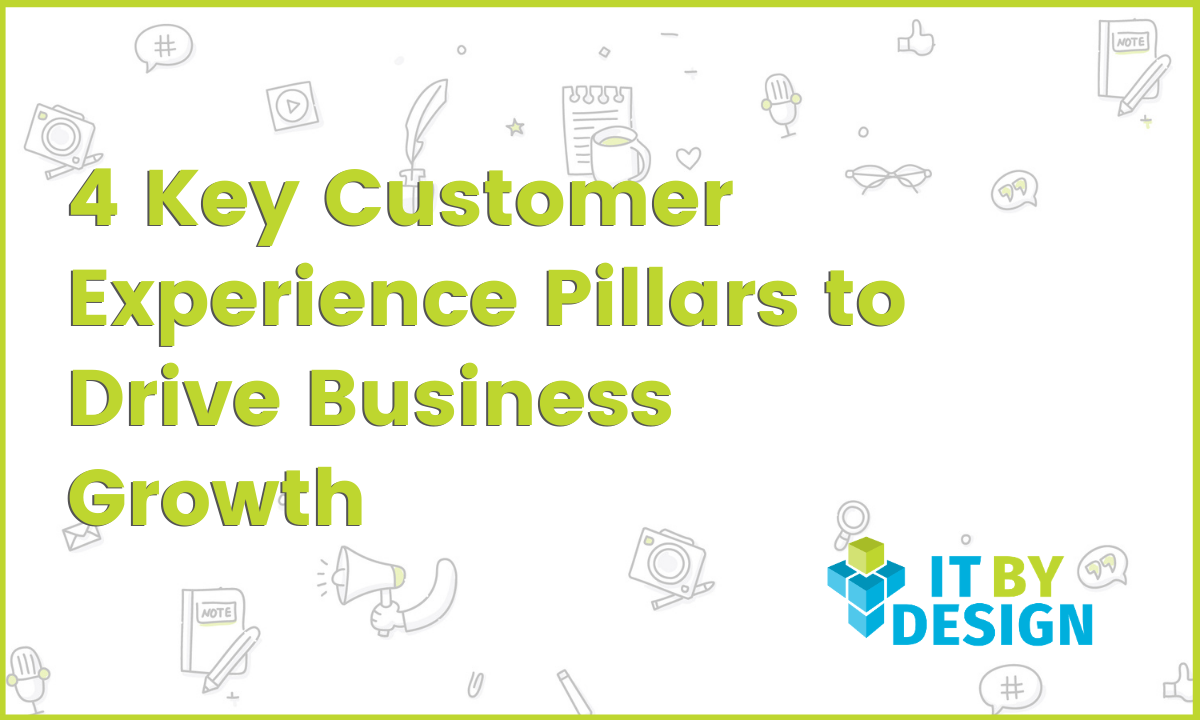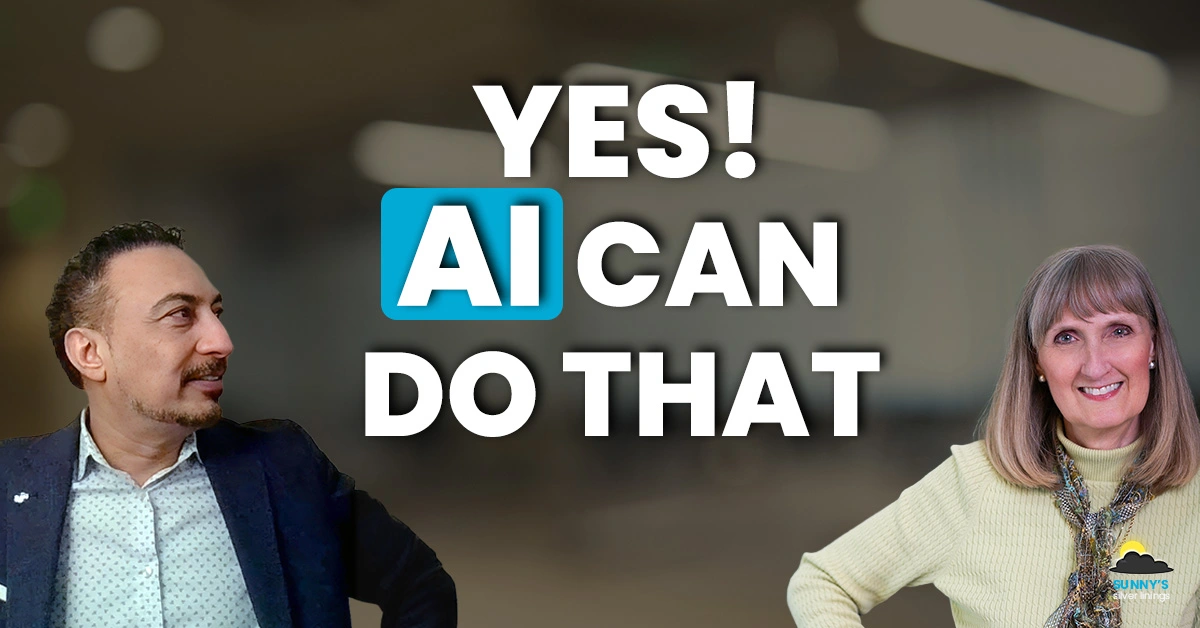When customers have thousands of similar services and products to choose from, it may seem like a good exercise to offer discounts, introduce a new product, or add features to existing products-services in order to create a sustainable competitive advantage. Before you attempt any of these, have you considered initiatives that won’t cost you a fortune, something that instead uses your existing resources more effectively?
Over and over, we have been told how customer experience must be every business’ top priority. Still, many leaders don’t invest in customer experience without “proof.” Compared to sales and marketing, they don’t go aggressive and creative with their customer experience initiatives. Result? They end up leading a venture with little or no differentiation. To ensure you don’t fall in that rut, focus on key customer experience pillars that set your business up for success, helping you create a sustainable competitive advantage at the same time.
Customer Enablement
Customer loyalty is essential for every business’ long-term success. This is especially true if you require contract renewals and upselling to sustain growth. How can you ensure that customers stick around? By making sure they are satisfied at every stage of the customer lifecycle with customer enablement.
Customer enablement, which refers to any processes designed to improve customer experience, can take many forms. By providing your customers with the tools, resources, and guidance they need to successfully use your product, you can score high CSAT – something you can proudly use while promoting your products and services to prospective customers. If you sell a relatively new product, ensure they adopt your solution successfully with a detailed onboarding process. After that, educate them on how to use it effectively—and don’t concentrate on only the first few months of partnership—best practice sharing can stretch on throughout their engagement. Many MSPs offer training courses and certifications for their products. If you don’t have the resources to launch something quite as intensive, consider having a series of “How-To” videos uploaded on your YouTube channel. Your customers will appreciate the help.
Customer Personalization
If the objective of customer personalization has to be described in one sentence, it would be – improving your business engagement across all points in a customer’s journey. If you thoroughly examine your client base, you will realize each customer is unique, with their own needs and preferences.
You can start with customizing the proposal per customer, and understanding each client’s history with your MSP and their journey with your company. The total experience throughout the entire customer journey should be personalized. This includes first impression, onboarding, quarterly business reviews (QBR), customer appreciation, and invoicing and billing.
To share their priorities and personalize, actively listen to what your client has to say in QBRs and customer satisfaction surveys. Focus on their unique pain points and then see how you can create a customized experience at each moment of their journey, from onboarding to contract renewal. To focus on high-ticket clients, use metrics like NPS (Net Promoter Score) to measure customer experience. This should help you identify the root cause of their recent dissatisfaction and slowly declining engagement.
To make support interaction simple, human, and personal, offer them a variety of options to reach your team—from logging in through their member portal to submitting support requests on your website to phone and email contacts for several members of your team. If possible, add a loyalty program and exclusive content as personalized gestures.
Customer Trust
Consumers buy from people they know, like, and trust. Earning customer trust can not only help you keep your existing customers, but can also help you passively earn new leads and sales through positive word of mouth. Building a trusting relationship lowers the barrier and encourages them to share more information about their business and expansion plan – giving you opportunities to cross-sell and upsell.
To earn their trust, be honest and transparent about what they can expect from your offerings. And this should start right from their first interaction. Essentially, every customer should know exactly what to expect before signing a contract. To maintain this, avoid misleading sales copy and gimmicky marketing campaigns. Don’t attempt to grab their attention with exaggerated claims. Instead, be as clear as possible about what you have to offer and establish accurate expectations from the start. Again, having thorough onboarding and training programs will help start each partnership out on the right foot. And remember to ask for feedback throughout key processes such as onboarding to support constant improvement and address any hiccups.
Customer Empowerment
Customer empowerment is all about giving your customers information that puts them one step closer to achieving their goals. To make our customers feel empowered, we use engaging content such as informative blogs, webinars, tutorials, and other thought leadership content to educate them around emerging MSP trends and possible challenges.
To make them feel empowered, we allow them truly become a partner and advisor for our business. We incorporate their feedback into our product roadmap. Customers’ day-to-day experiences may uncover weaknesses not otherwise identified. Here, detailed customer satisfaction surveys can help identify gaps as well as make them feel special and valued.
Final Thought: Customer experience has the biggest impact on consumer loyalty behavior. Consumers who are loyal to your MSP are more likely to refer your business, forgive your mistakes, and try your new products as they become available.








